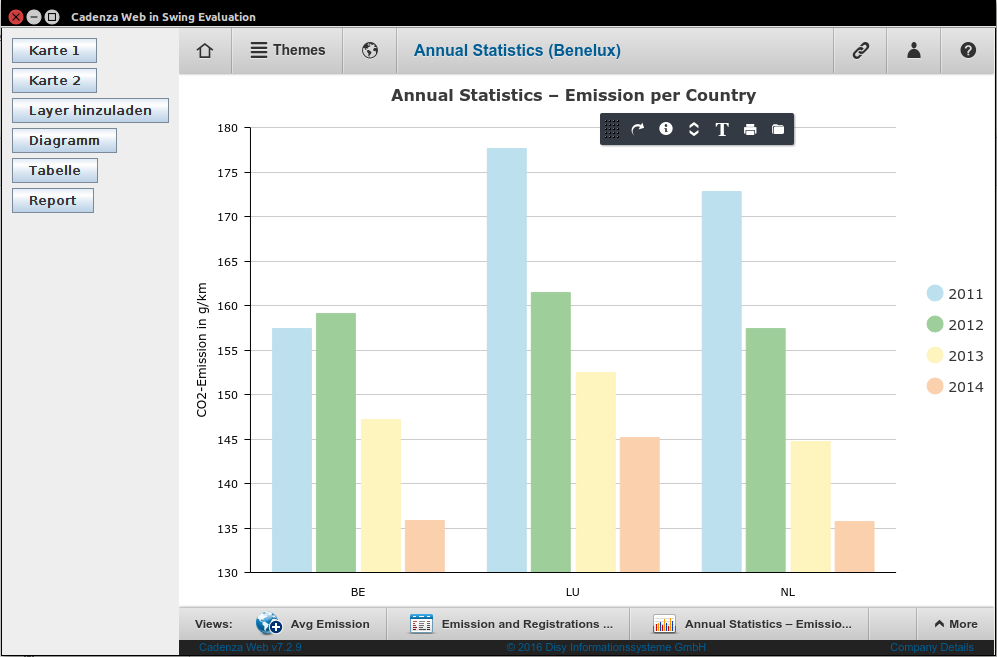

COMPILING JAVA AND SWING THROUG A BROWSER SERIES
GWT ships with a series of widgets and panels for user interface construction. GWT (released in 2006) is a mature open-source technology used for instance by Google AdWords. On the bright side, CheerPJ allows developers to take a compiled jar containing a Swing app and run it in the browser, without plugins. While the results cannot be extrapolated to a large web application, it serves nonetheless to analyze the differences between the Java frameworks considered in the study.ĬheerPJ's large size and subsequent poor performance can for instance be explained by the fact that it is not really a Java-to-JavaScript transpiler but a complete Java runtime shipped to the browser. Furthermore, the study relies on a trivial web application. The study does not include J2CL, a recent google-backed Java-to-JavaScript transpiler. This is to be expected, as the time for the browser to parse the produced JavaScript correlates positively to size and negatively to performance. Here, the Java frameworks rank in the same order. The resulting Java framework ranking can be explained in large part by the size of the produced JavaScript: While most implementations obtain what is deemed by LightHouse to be a good global performance score (> 90 with a maximum of 100), the CheerPJ framework performed poorly in comparison to its peers. This is an important milestone for users because it provides feedback that the page is actually loading". Google reports that First Contentful Paint "measures the time from navigation to the time when the browser renders the first bit of content from the DOM. The study shows that JSweet and TeaVM beat the native JavaScript React application on the First Contentful Paint(FCP) measure as reported by Lighthouse. LightHouse's performance score is evaluated on six weighted metrics, presented here in decreasing order of importance: Time to Interactive, Speed Index, First Contentful Paint, First CPU Idle, First Meaningful Paint and Estimated Input Latency. The performance is measured leveraging the auditing tool from Google Chrome’s built-in Lighthouse.

The application size is obtained through the browser’s network tab (counting all types of resources to avoid bias in favor of frameworks that rely on heavy, non-JavaScript resources). The comparison between the five Java alternatives and the native JavaScript application followed a simple methodology: create the counter app using the most basic tools provided by the Java product/framework, and subsequently measure the application’s size, and performance. The counter app got implemented in five Java frameworks: GWT, TeaVM, JSweet, CheerpJ, and Vaadin Flow. The target application that serves as reference for the comparison is a simple counter, implemented with the React JavaScript front-end library: Java developer Renato Athaydes recently compared JVM alternatives to JavaScript. native JavaScript web applications is shrinking. A recently published analysis of GWT, TeaVM, JSweet, CheerpJ, and Vaadin Flow that examined performance and payload characteristics on a trivial application seems to indicate that the performance penalty vs.

MUtils.alertMessage(Lang.get(""), MainPn.With the increasing popularity of compile-to-JavaScript languages, developers familiar with the Java Virtual Machine(JVM) languages and who want to develop web applications without the difficulties of a JavaScript development stack, have an increasing array of alternatives to JavaScript to choose from. Rt.exec("rundll32 url.dll,FileProtocolHandler " + url).waitFor()
COMPILING JAVA AND SWING THROUG A BROWSER CODE
Therefore, I have to re-write my code like this: public static void openURL(String domain)

I know that this is an old question but sometimes the Desktop.getDesktop() produces an unexpected crash like in Ubuntu 18.04.


 0 kommentar(er)
0 kommentar(er)
